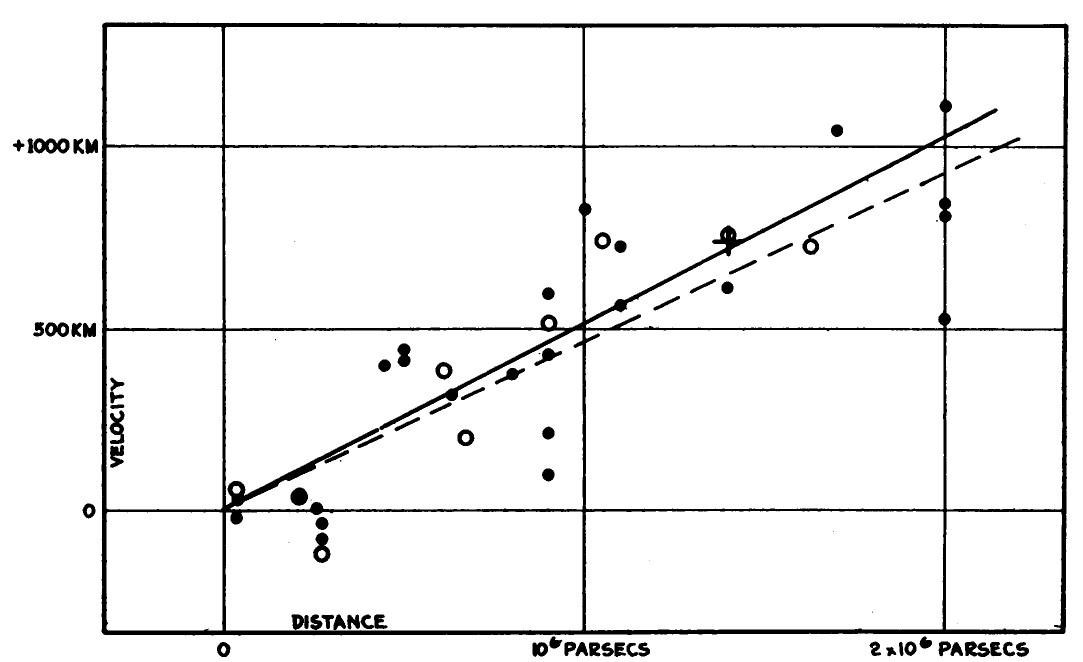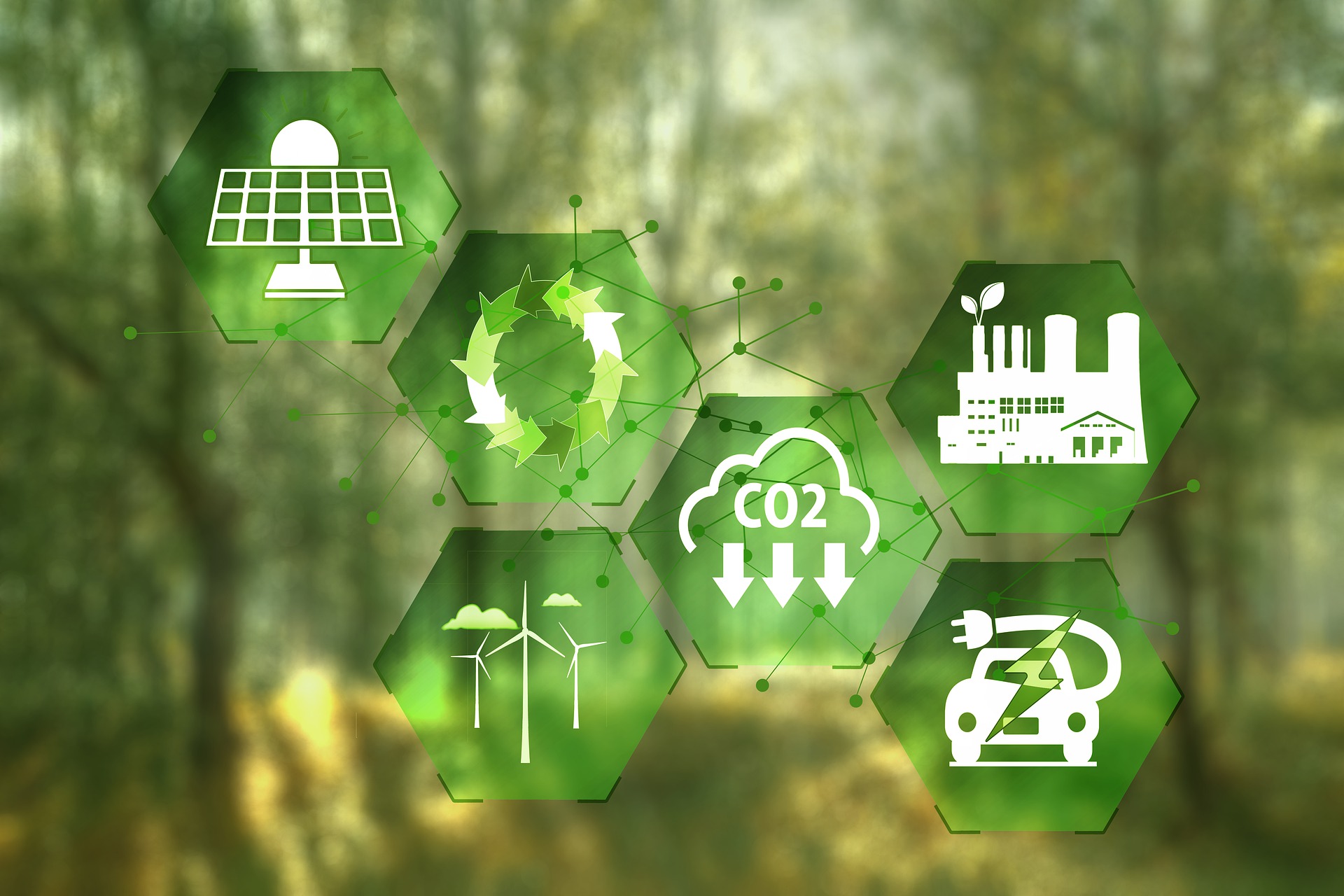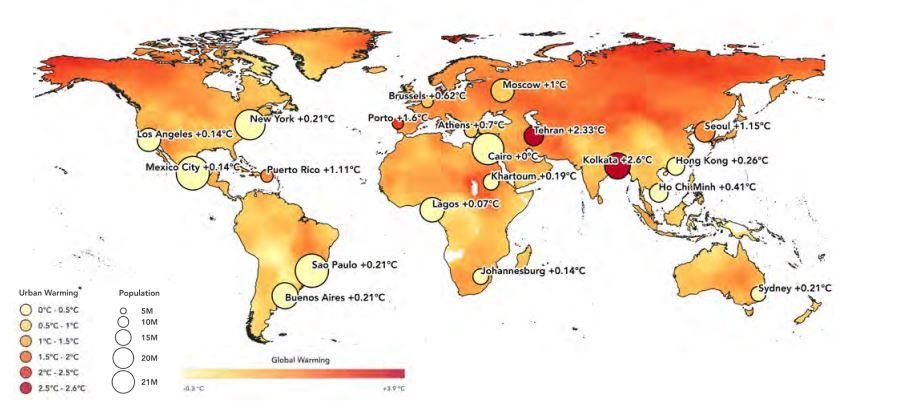About the Hong Kong Laureate Forum
Welcome to the January 2023 issue of the newsletter of the Hong Kong Laureate Forum!
Happy New Year! The HKLF wishes you good fortune and a great Year of the Rabbit ahead!
During the festive seasons, especially Christmas and New Year, many will have family gathering to enjoy Christmas feast, reunion dinner, or spending fun time together at theme parks. The HKLF has made a series of videos coined "Science @ Festive Feast" to share the festivity with you. The series will uncover the science behind the preparing of tasty treats such as Christmas cake, popcorn, candy floss, molecular gastronomy and the Chinese New Year symbolic food, the sweet dumpling. Do check out our website and YouTube channel!
The first two chapters of our new series of the Prelude to the Inaugural Hong Kong Laureate Forum, "Wonder Women in Science – Inspiring and Empowering the Next Generation" and "Masterminds, Masterclasses 2.0" were successfully held in July and November last year respectively. In addition to event highlights, interviews with some participating scientists sharing their thoughts have also been uploaded to our website and YouTube channel, come re-visit our highlights and explore the messages and sharing from our scientists.
The third chapter of the series "Exploring New Horizons 2023" is scheduled to be held between February and March 2023. The HKLF would like to take this opportunity to thank the support from local scientists / research teams for opening up their laboratories and science research facilities to enable us to put together more than 10 sessions of visits and sharing. This event invites the participations of Hong Kong senior secondary students. We believe that it would be an invaluable opportunity for senior students to learn more about laboratory's settings, have direct exchanges with the scientists, and gain an understanding of the work of scientists, their growth journey as well as the challenges they faced during their travel. Through this event, we hope to further spark their interest in the quest of science and encourage the pursuit of science in their long-term development. "Exploring New Horizons 2023" is also the last event to receive points under "The HKLF Science Explorer Award Scheme 2022/2023 for Secondary Students" (Scheme). Students who garnered a certain number of points will be invited to participate in "Geared Up Muster", an event in March which includes a presentation ceremony of the Scheme. Participating students, please stay tuned to our announcement!
Online campaign "Science is Everywhere – Round 2" on getting to know your flora and fauna was completed on 21 December and the result was announced on 30 December. According to Elizabeth Mrema, Executive Secretary of the Convention on Biological Diversity, United Nations Environment Programme, "Biodiversity is the web of life that connects us all". Indeed, every living creature on Earth affects and depends on each other. Through fun games, we aim to encourage the public to find out more about our "neighbours" which breathe the same air and set foot on the same ground. The HKLF would like to thank the support of all participants. Stay tuned to our website, social media and the next newsletter for latest information on the Forum and other events!
Predicting the "Unpredictable"
Predicting Evolution of Influenza Virus
A common question we often encounter is: is mutation of virus truly predictable, and isn't it random? Well, the short answer is, virus evolution is not equal to mutation. Mutations are random errors occur during the replication process of virus, and they do not have a preference on their destination. Yet virus evolution is a complex process shaped jointly by virus mutation, the host immune response, and the environment. Thus, although mutation at given positions in virus genome is unpredictable, short-term virus evolution might be projected by tracking the dynamic pattern of advantageous mutants in host population. This is like even if we do not know where the wind comes from, we can tell the direction and strength of wind by observing objects influenced by it. Similarly, host immune response and the environment exert traceable pressure on the virus genome, and key mutants exhibit patterns of immune selection and virus transmission. Characteristics of virus evolution are thus carved in the history data written down together by the virus and their host counterpart.
Insomuch as we have laid out the rationale of prediction, building models for capturing the pattern of virus evolution could be strenuous, as a huge amount of data on virus genome and associated epidemics worldwide would need to be linked and analysed. For example, to learn the pattern of virus evolution of the H3N2, one of the major subtypes underlying seasonal influenza epidemics, we collected genome sequencing data available in the past 20 years and epidemics information in over ten geographical regions from public databases, center for disease control and prevention (CDC), and health authority reports to perform the analysis. For the SARS-CoV-2 virus driving COVID-19 pandemic, millions of genomes are available for investigation. One classical analytical method in the field of evolutionary biology is the phylogenetic tree, which is built upon clustering of viral strains according to their mutual distances. The tree provides an intuitive delineation of the ancestral relationship of viral strains and historical course of evolutionary pathway. Several tree-based methods have been proposed to predict future evolutionary trajectory by learning the dynamic pattern informed from the tree-clad (Luksza and Lassig 2014) or branching process (Neher et al 2014, Huddleston et al 2020). Because of the reliance on tree structure, predictions made by these methods fall on a cluster of strains. In our investigation of virus evolution, however, an alternative methodology is adopted. Instead of treating an entire sequence as the basic analytical unit, we consider site-wise evolution as the primary target of modelling. This approach was first motivated from our observation that key mutations appeared in stages through seasons – some advantageous mutations emerged years before an epidemic peak, and some followed in subsequent years and during the peak season (Wang, Lou et al 2021). Within individual host, billions of virions were replicated, carrying advantageous, deleterious, and neutral mutations. Under high pressure of host immunity, the virions carrying advantageous mutations enabling the virus to escape from immune recognition such as antibody binding would grow in larger quantities. Genetic variants carrying the leading mutations are more likely to be transmitted to other hosts. The subsequent mutations, also recognised as "trailing" or "permissive" mutations, play roles in maintaining viral functions and protein structure stability and facilitate the shaping of a predominant antigenic variant. Therefore, competition and selection of virus might start early with residue substitutions before the formation of predominant strains. Modelling site-wise evolution may gain lead-time to catch the large effect mutations that set the course of evolutionary pathway. We proposed several new quantities to characterise this process, including a time factor to describe the effective period of mutations to stay in-advantage against population immune response, and a threshold of mutation prevalence to signal when a mutant's impact in population epidemics is reaching an influential level. Based on these building blocks, we developed prediction model that projects genome-wide site-wise mutation dynamics to the next epidemic season, and through which to identify the optimal strains representing the future virus population that could be considered as vaccine viruses (Lou et al 2022). The model predicted vaccine strain, if manufactured as it is, is expected to improve the current vaccine's effectiveness by absolute 11.2% (95% CI: 3.5–18.8) against the H3N2. Prediction algorithm is also being developed for the SARS-CoV-2 virus evolution. Current data shows that it could capture the key mutations in the Omicron variants 6-12 months before it became predominant in population.

Author:
Prof Maggie Wang, School of Public Health and Primary Care, The Chinese University of Hong Kong
Measure the Universe with Cosmological Standard Timers
Ever since humans were born on Earth, we have been trying to learn about the Universe in which we inhibit. Thousands of years of observations and thinking have enabled us to develop a standard cosmological model capable of better describing the evolution of the Universe since the hot big bang. With technical progress and the development of precise measurement techniques, more results show that there is inconsistency between observation and theory, such as Hubble tension, which poses a pressing problem in modern cosmology.
Problem solving begins with understanding the problem. To solve the aforementioned cosmological crisis, a number of methods have been proposed, including modified fundamental physics and observational systematical uncertainty. Cosmological standard timers, a novel way to measure the Universe telling us the state of the Universe at different epochs by studying the evolution of cosmological dynamical systems, has also been developed. With more information about the evolution of the Universe, we are now able to have a better understanding of the cosmological model.
Evolution of the Universe
Modern cosmology starts from general relativity, which describes gravity as a geometric property of spacetime. Based on general relativity, Albert Einstein built his cosmological model in 1917, which describes a static Universe. However, this static cosmological model is unstable under the cosmological perturbations. In 1920s, Alexander Friedmann solved the cosmological solution of general relativity, which shows the Universe may be expanding or contracting depends on the matter density and curvature of the spacetime. Meanwhile, Georges Lemaître independently developed relativistic cosmological equations and pointed out that the Universe may be born from the explosion of a primordial atom.
Until 1929, the question about evolution of the Universe was first answered. Edwin Hubble discovered the light spectrum of distant galaxies is redshifted, which means these galaxies are moving away from us at speeds proportional to the distance between the galaxies and Earth (i.e. the famous Hubble's law) as shown in Fig 1.

Fig 1 Velocity-distance relation among extra-galactic nebulae
Therefore, Hubble's observation proves our Universe is expanding. In order to describe the expanding velocity of the Universe, we define the slope of galaxy velocity-distance relation as Hubble parameter (or Hubble Constant) to quantify the expansion of the Universe.
Author:
Mr. Qianhang Ding, PhD Candidate, Department of Physics, The Hong Kong University of Science and Technology
The Roles of Science and Technology in Hong Kong’s Climate Actions

It is undeniable that cities have far-reaching impacts on every aspect of life. Currently, half of the world's population, around 4.5 billion people, living in cities around the world. Cities account for more than two-thirds of the world's economic production and three-quarters of global greenhouse gas emissions. As cities grow, the population will increase further, with the global urban population expected to reach 7 billion by 2050. Our scientific knowledge and evidence support the idea that cities are the primary culprits of climate change. Meanwhile, they are also critical in bringing in sustainable development by adopting innovative ways to mitigate, adapt, and respond to the impacts it has brought. The Intergovernmental Panel on Climate Change (IPCC) published the sixth Assessment Report (AR6), which includes three Working Group reports covering the latest scientific understanding of climate change and research on global climate change impacts, mitigation, adaptation and vulnerability. The Summary for Urban Policymakers report (SUP), released during the 27th United Nations Conference of the Parties (COP 27) last November under United Nations Framework Convention on Climate Change, is a synthesis report that reveals insights from the three IPCC reports on cities facing climate change. This paper will highlight the key points and explain the roles of science and technology in mitigating and adapting to climate change in Hong Kong.
The impacts of climate change on cities

Fig 1: The trend of global surface air temperature between 1958-2018, showing various cities recorded a notable temperature increase. Source: Summary for Urban Policymakers, SUP.
SUP report begins by stating that a climate crisis is underway. Human-induced climate change that causes extreme weather, is affecting every corner of the planet and various ecological systems. Its impact on cities is particularly severe. As shown in Fig 1, many cities have recorded significant temperature rises over the past six decades: 1.5°C in Seoul, 2.33°C in Tehran (Iran), and 2.6°C in Kolkata (India). Meanwhile, the average temperature in Hong Kong went up by 0.41°C. We cannot underestimate this 0.41°C. According to the Hong Kong Observatory, a rising sea temperature that causes higher sea levels and more rainfall, and frequent extreme weather are the results of this slight increase. Some climate scientists predict that the sea level will rise by 0.5 meters in 2050, which would multiply the risk of flooding; higher temperatures also warm up the oceans, triggering red tides and causing a large number of marine creatures to die due to a lack of oxygen. Moreover, global warming prompts the breeding of mosquitoes, exposing more people to the risk of diseases.
IPCC points out that cities and urbanisation can worsen climate change, which in turn brings adverse impacts on the cities and their surrounding areas. The urban heat island effect is such an example.
Author:
Mr Kwok Hiu Chung, Senior Programme Officer, CarbonCare InnoLab
COP 15 – the equivalent of the “Paris Agreement” for biodiversity
The 15th session of the United Nation (UN) Biodiversity Conference (COP15) drew to a close in Montreal, Canada on 19 December 2022 after two weeks' negotiation.
COP15 was hailed as a success with the signing of the Kunming-Montreal Global Biodiversity Framework (GBF) by nations participating in the conference. The key takeaways of the framework include the pledge to protect 30% of the world's land, water and marine resources by 2030 (the 30 x 30 pledge) and the agreement to provide USD200 billion by 2030 to be used for biodiversity-related projects. For details of COP15, please visit their website.
Executive Secretary of the United Nation Convention on Biological Diversity, Elizabeth Mrema, pronounced the conference the "Paris moment for biodiversity", drawing reference to the historic 2015 Paris Agreement on climate change. The Agreement was considered the watershed moment in the tackling of climate change.
However, some pundits lamented the lack of stronger measures related to the use of pesticides and prevention of species facing extinction, among others.
Whether the GBF will be the landmark agreement to forestall the degradation of our ecosystem and halting of biodiversity loss remains to be seen. Afterall, implementation would be key to its success. A case in point is the Paris Agreement, where few countries are currently on track to cut carbon emission in accordance with their pledge under the said Agreement and financial support to fund clean energy projects in developing countries are also falling short.